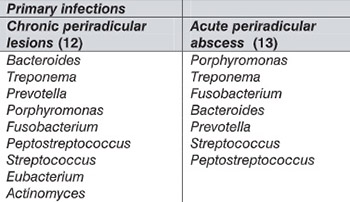Etiological findings in endodontic-periodontal infections
DOI:
https://doi.org/10.17305/bjbms.2004.3464Keywords:
root canal, periodontal, microorganisms, etiologicalAbstract
The endodontium and periodontium are closely related and disease of one may lead to secondary disease in the other. The differential diagnosis of endodontic and periodontal disease is of vital importance, so that the appropriate treatment can be done. Microorganisms play a primary role in endodontic and periodontal infections. The magnitude of the host response will be directly proportional to the virulence and the number of microbial cells present. Tissue damage caused by bacteria is mediated by either direct or indirect mechanisms. Direct harmful effects caused by bacteria involve their products, such as enzymes (collagenase, hyaluronidase, condroitinase, acid phosphatase), exotoxins and metabolites (bytrate, propionate, ammonium polyamines, sulphured compounds). In addition, bacterial components such as peptidoglycan, teichoic acid, fimbriae, outer membrane proteins, capsule, and lypopolysaccharide, stimulate the development of host immune reaction capable of causing severe tissue destruction.
Downloads














